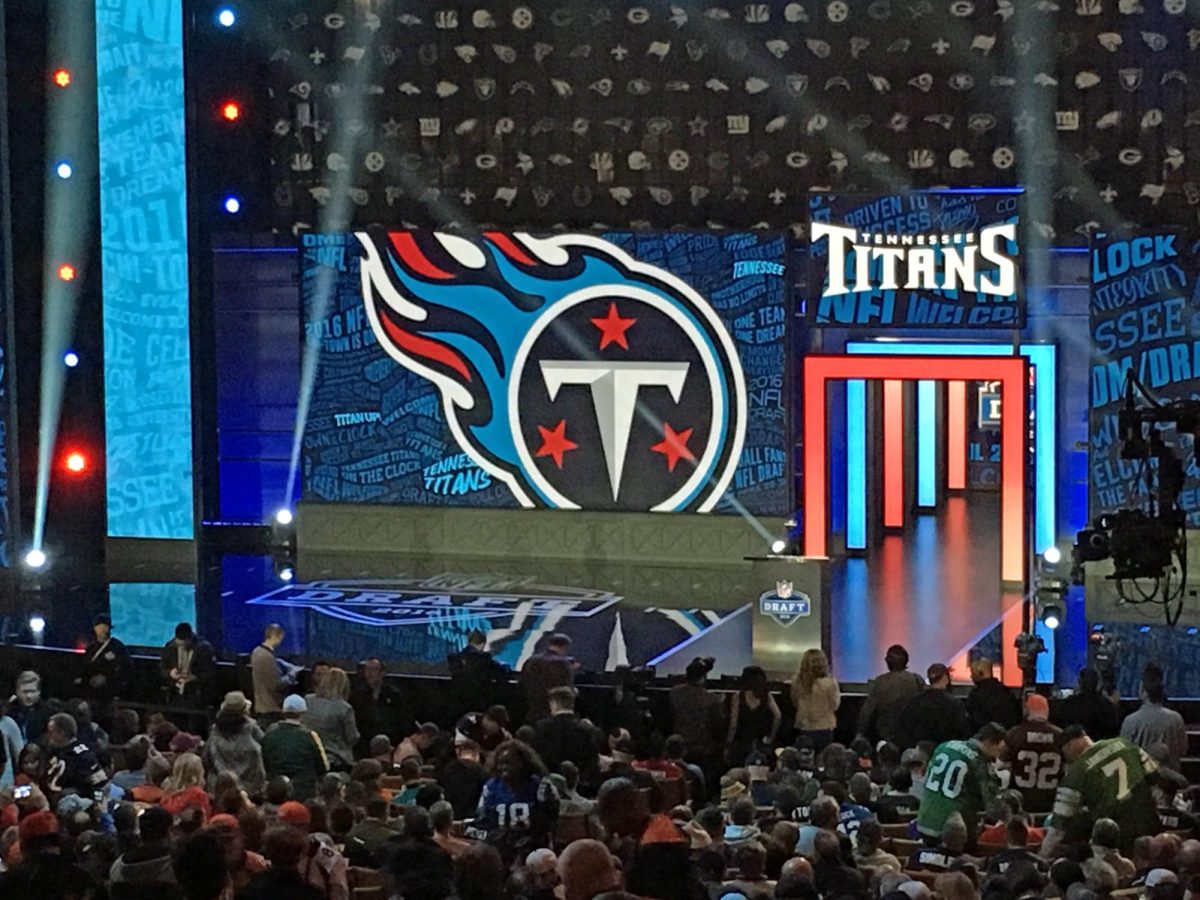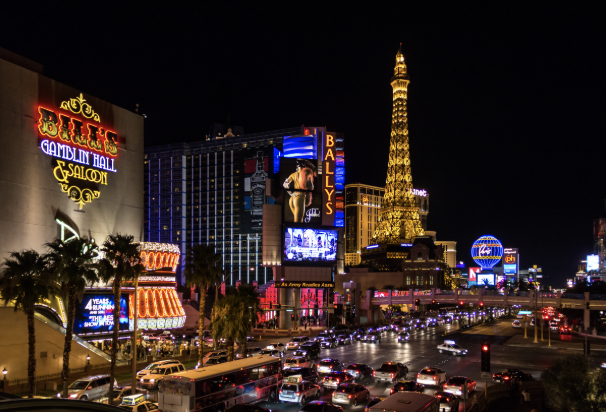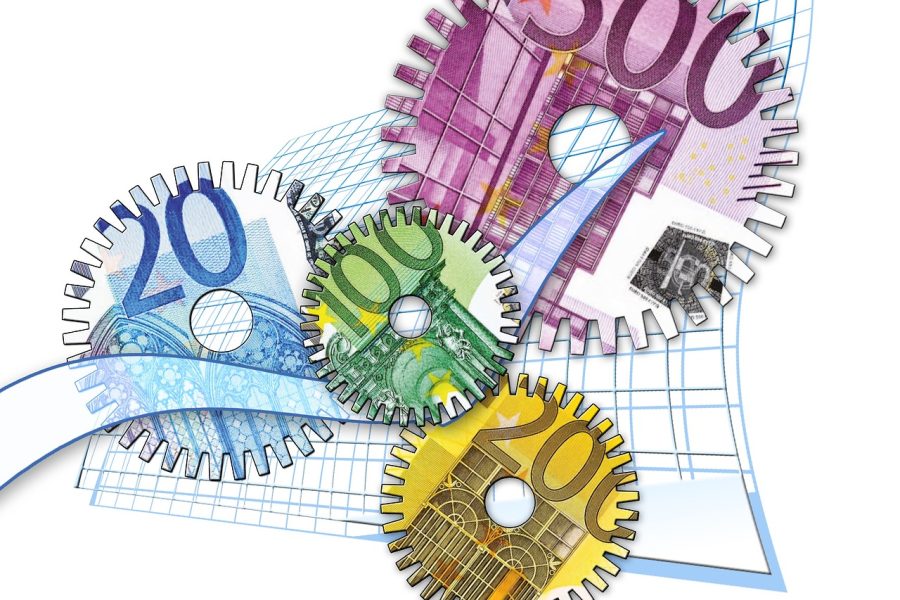Inflation and the Supply Chain
December 6, 2022
Today, it seems like everybody is talking about inflation and how the dollar is depreciating and the prices for everyday goods are escalating. While this may be generally true, there is considerably more nuance to this situation.
Ultimately, inflation is the depreciation of the value of a certain currency, specifically, in this case, the US dollar. Inflation is inherently detrimental to our capitalist spending economy because when prices go up, people want to spend money but they can’t. As a result, wages start to increase which causes layoffs and the unemployment rate to skyrocket. In our scenario, this shift in supply and demand came from COVID. Due to a lessened demand for many commodities like gas and cars during the pandemic, companies told their manufacturers overseas to slow and in some cases halt the production of goods, because they did not want the supply chain to get backed up.
Unfortunately, the opposite phenomenon occurred because as soon as our country opened up, people were willing to spend a ton of money that they didn’t spend during the pandemic thanks to stimulus checks and less spending on travel and gasoline. In response to this, companies told their partners in China and other overseas countries to pick up production again, however, they had already sold their goods. Specifically, in China’s case, the CCP had many further covid lockdowns that prevented manufacturers from producing goods at their previous rates. Furthermore, here in the US, we had a job shortage in many ports, especially in the Los Angeles port. As a result, cargo ships started to get backed up and we were not able to ship materials in and out of the US as efficiently. Therefore, although people had the money and were willing to spend it, companies weren’t prepared for this sudden uptick in demand. To make more of a profit off of these consumers that were willing to pay for goods and services, companies raised their prices to match the demand. Essentially, there are too many dollars chasing too few goods.
This form of inflation is mixed in with the actual depreciation of the dollar mentioned earlier. This depreciation was caused by the Federal Reserve’s decision to pump money into the economy during lockdowns through stimulus checks and extended unemployment benefits. However, these benefits turned out to invigorate the market so much that it combined with producers raising prices to cause unprecedented levels of inflation very quickly. In response, the Federal Reserve has attempted to cool down the markets by raising interest rates. By raising interest rates, they are able to discourage consumers from taking out loans to spend larger sums of money. As a result, middle-class citizens have not been spending as much money on large payment items like houses and cars and have instead focused on saving, something that the Federal Reserve Chairman Jerome Powell indicates is a good sign for a return to normalcy. Although a carton of eggs might be more expensive than it was a year ago, the price should be coming down soon, which may finally mean the end of the “COVID economy.”
























